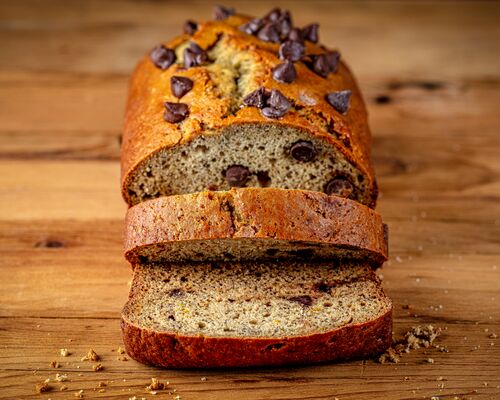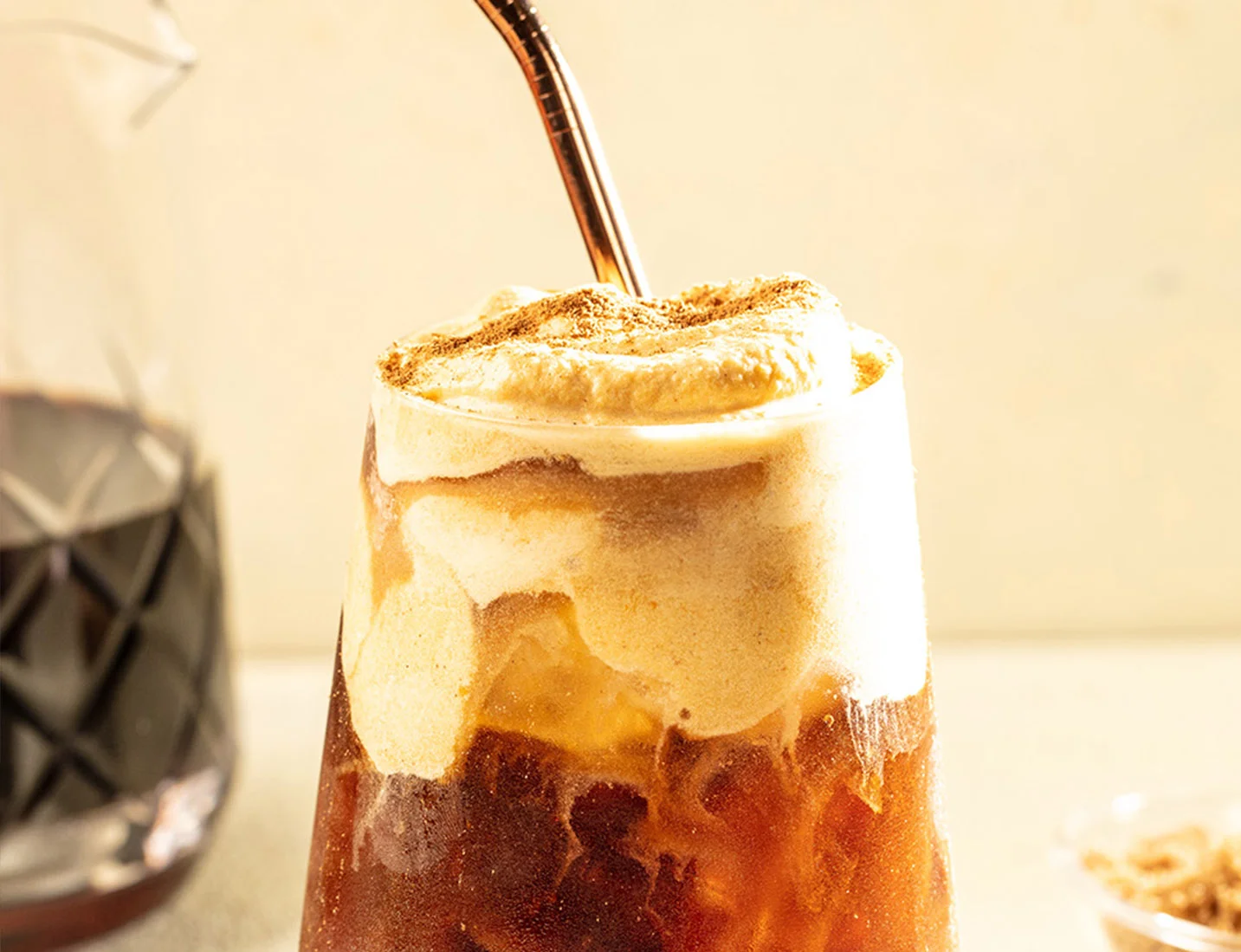Why teach kids to bake?
Baking does a lot more than teach kids proficiency in the kitchen. In fact, it’s a chance for them to:
- Learn real-world math. Measuring teaches fractions. Cutting brownies or a cake into servings demonstrates division. And waiting for the oven buzzer helps kids understand units of time.
- Realize that actions have consequences. If they miss a step or measure incorrectly, it’ll show in the final product.
- Put the reading comprehension and vocabulary they’ve learned to good use. Recipes let them read, absorb and put instructions into action.
- Make science feel more real. From yeast fermenting dough to chocolate changing states from solid to liquid, science is a part of every baking recipe, and this gives kids a great way to see how what they’ve learned comes to life.
What equipment do I need?
It doesn’t take much to get started, and chances are you already have most of it. You’ll need:
- A set of plastic or metal measuring cups for dry ingredients
- One or more glass measuring cups for liquid ingredients
- A set of measuring spoons
- Rubber or plastic spatula
- Several wooden spoons
- Rotary beater (hand-powered or electric)
- At least three sturdy glass or metal mixing bowls
- Cookie sheet(s)
- Round or square cake pan
- Oven mitt and hot pad
How do I make it a success?
Baking success starts with appropriate expectations. Give kids jobs suited to their abilities, and praise them generously when they complete a task. Make sure each baking experience is a positive one, even if the results aren’t quite what you expected!
Children as young as two or three can participate in simple baking activities such as pouring, stirring, and decorating. By five or six, kids enjoy measuring, making cookie-cutter shapes, and using a rotary beater. At nine or ten, most children have the coordination to operate electric equipment such as blenders and microwave ovens and the reading skills to understand recipes.
For your first project, choose a recipe that uses familiar ingredients—sugar, eggs, flour, butter, chocolate chips—and basic techniques such as blending, stirring, and spooning. Many cookie batters can be “squished” with the fingers (much easier for kids than stirring with a wooden spoon). Brownies can be mixed, baked, and eaten out of the same pan to minimize cleanup.
Is it safe?
It’s normal to worry about safety in the kitchen. But with a little instruction, kids can learn to respect safety guidelines without feeling anxious or fearful. Here are a few important precautions:
- Knives. Children of all ages should be supervised when they use knives. Make sure knives are properly sharpened; a dull knife is more dangerous than a sharp one. Emphasize that knives are not toys. For most baked goods, a serrated plastic knife works just fine and is much easier and safer for kids to handle than a metal knife.
- Burns. There’s no getting around the fact that baking requires heat, and heat can cause burns. Set a good example for young children by always using oven mitts or potholders when opening oven doors, using the range, and handling baking pans or cookie sheets. As they mature, allow them to do these chores while supervised.
Basic hygiene is one of the most important precautions you can follow. Wash hands with plenty of soap and water before starting and after finishing your baking project.
Now that you have all the tips you’ll need…what are you going to bake? We have you covered there too. Just check out our 10 Great Recipes to Bake With Kids article, pick your fav and start baking.



